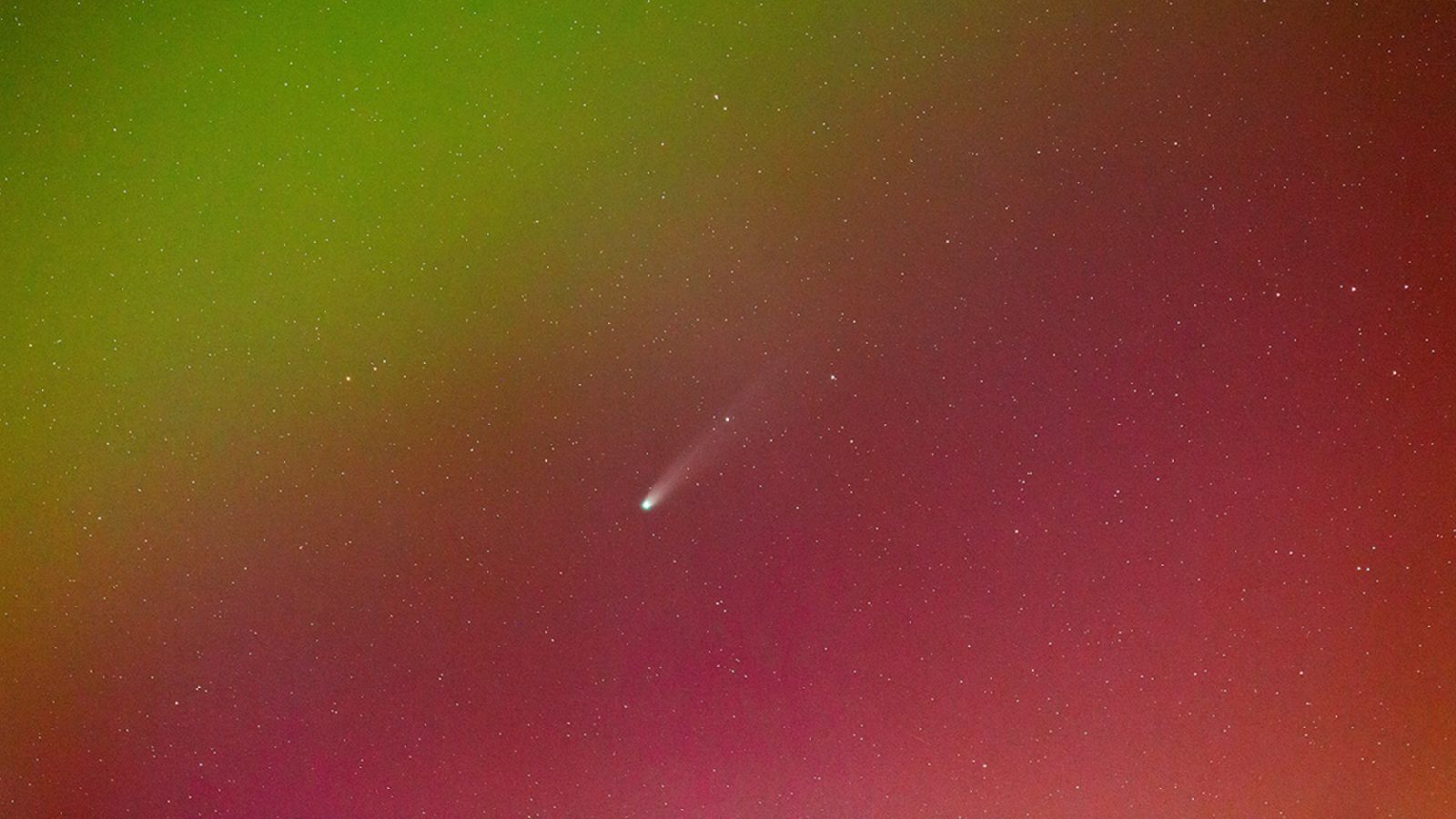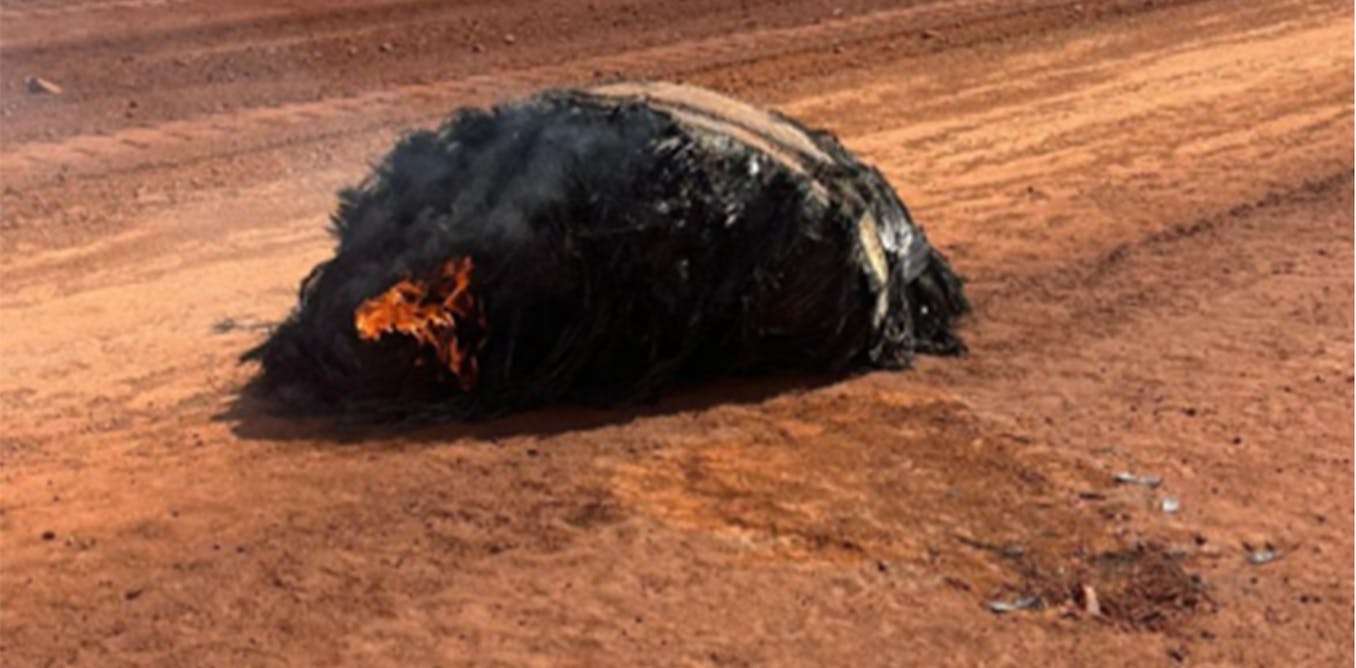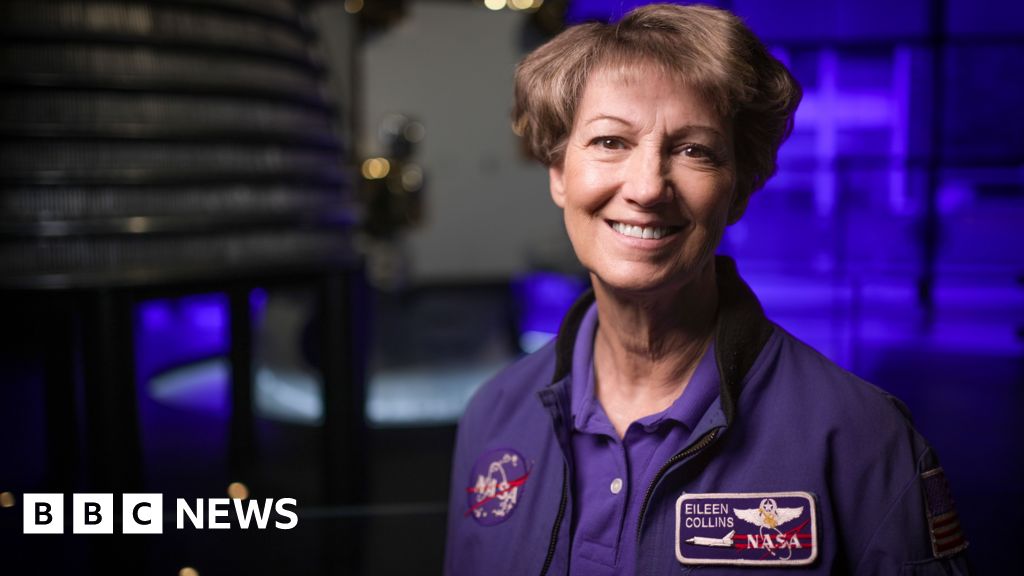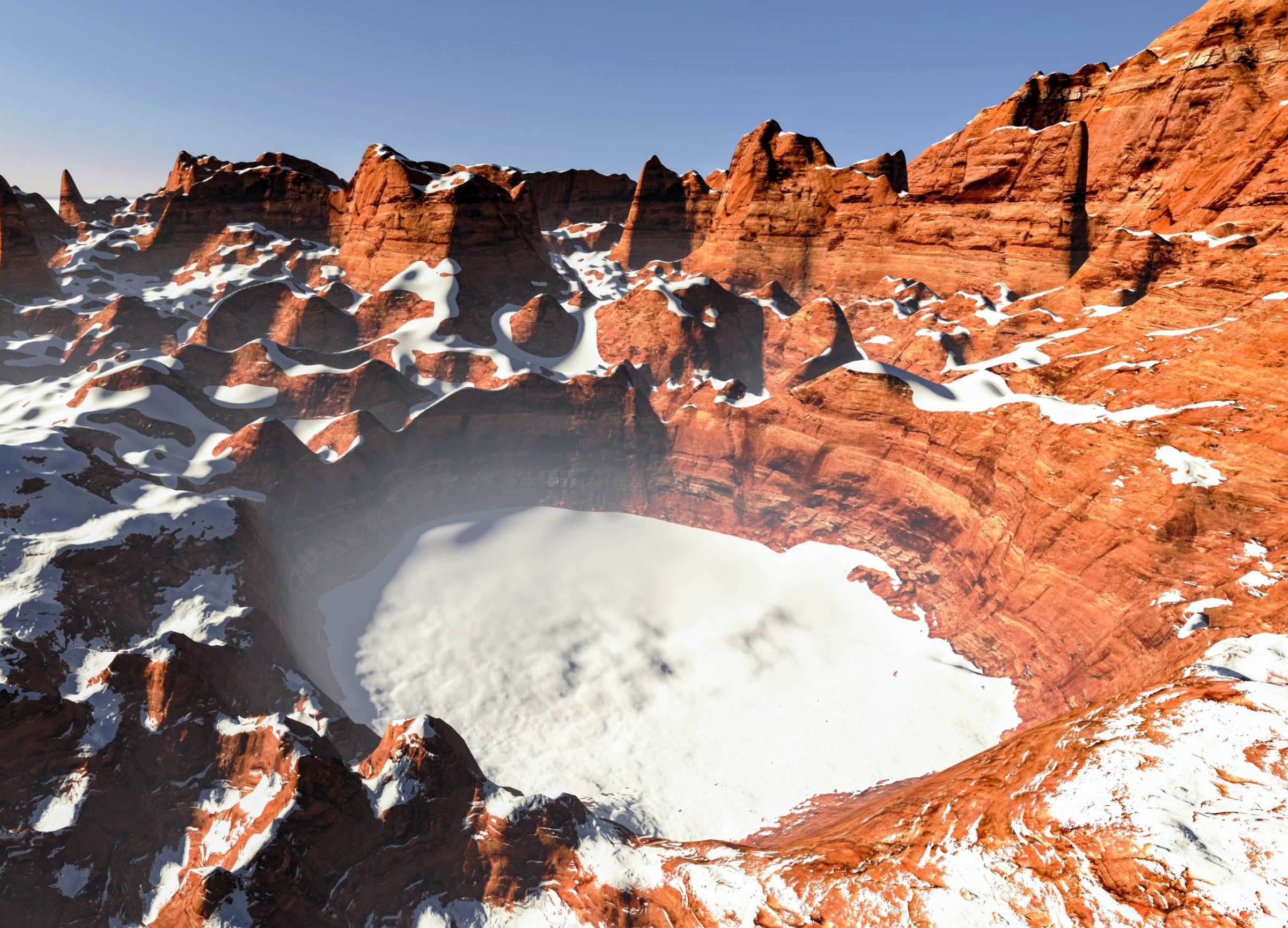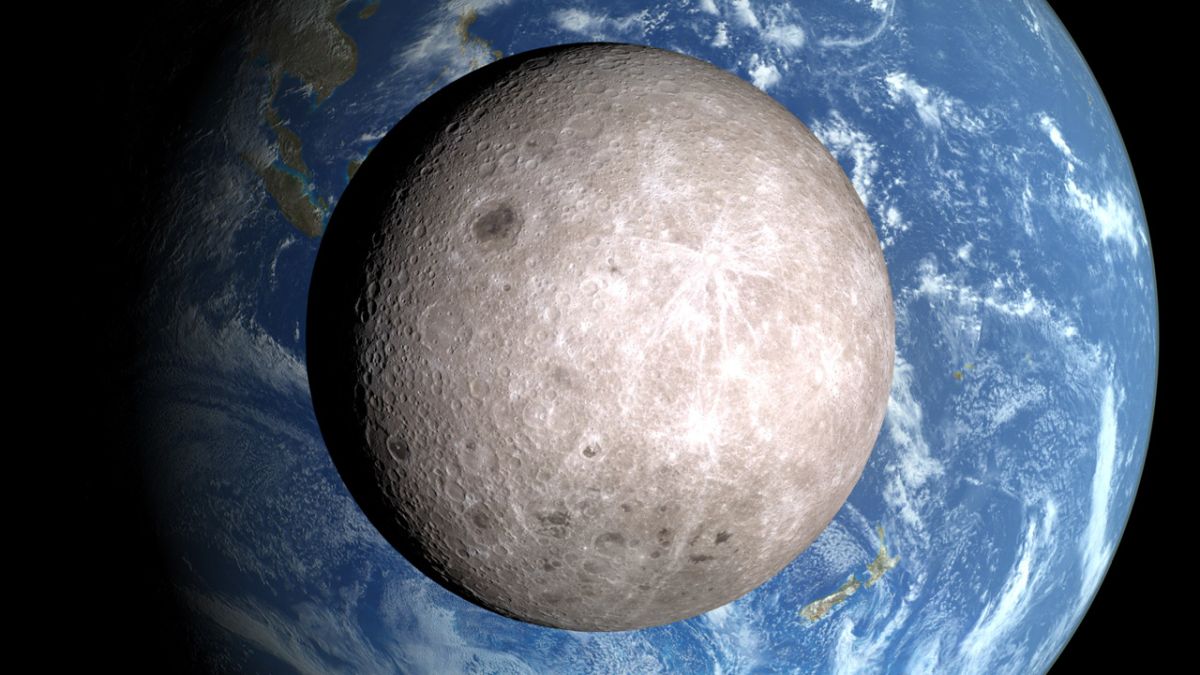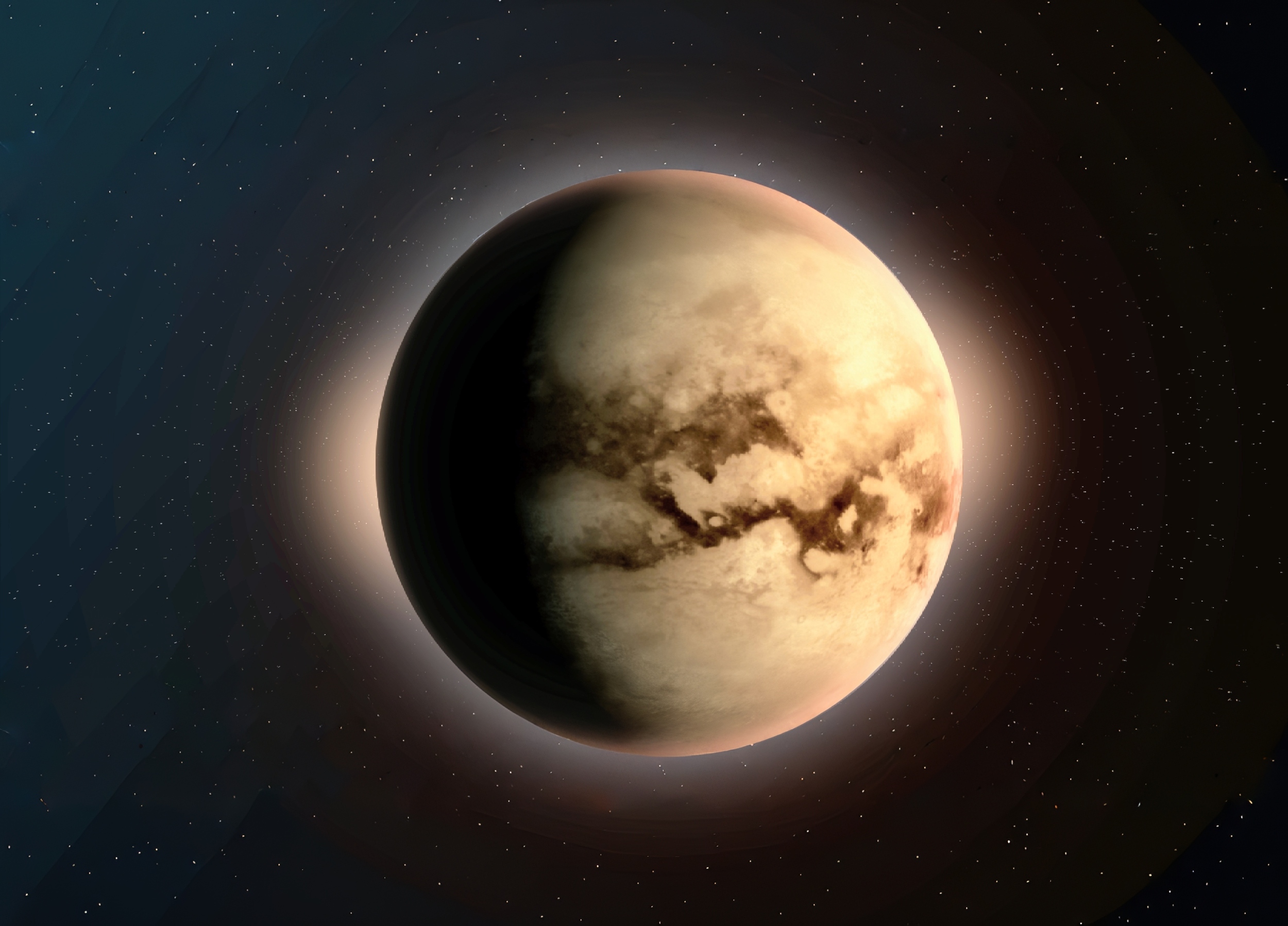40,000-Year-Old Microbes Resurrected: What Lies Beneath the Ice?
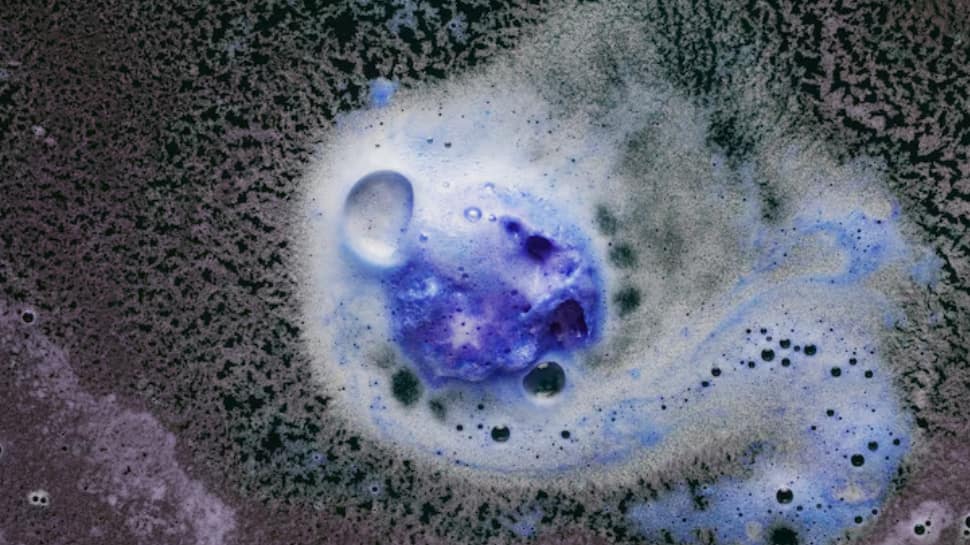
What if death isn’t the final chapter? What if life, frozen in time for millennia, could spring back to existence? This isn’t just a plot from a sci-fi thriller; it’s the audacious reality unveiled by a team of researchers from Caltech, who have successfully revived microbes that were entombed in permafrost for 40,000 years.
Leading this groundbreaking journey into the unknown is Tristan Caro, a postdoctoral associate in geobiology. Caro and his dedicated team decided to challenge the very fabric of scientific belief by attempting to breathe life into microbes presumed dead and gone. They meticulously extracted samples from the deep layers of permafrost and nurtured them in heavy water, enriched with a heavier isotope of hydrogen. It’s like giving these ancient organisms a second shot at life after an eternity on ice.
And then, six months later, the unimaginable happened. From the frozen depths emerged life! The once-dormant microbes began to swarm and multiply, forming a vibrant colony. In Caro’s own words, “These are not dead samples by any means. They’re still very much capable of hosting robust life that can break down organic matter and release it as carbon dioxide.” This dramatic revival is not just a triumph of science; it’s a testament to nature’s resilience.
But hold on, because this discovery isn’t just about reanimating the past—it’s redefining our understanding of life and death itself. The lines separating dormancy from extinction are now blurred, leading us to ponder profound questions about survival and even the potential for life beyond Earth.
However, not all revelations from this research are comforting. As global temperatures rise, vast regions of permafrost in Alaska and Siberia are thawing, potentially unleashing these ancient microbes back into our ecosystem. Caro warns that these resurrected organisms could disrupt current ecosystems and even exacerbate climate change. The revival of these “micro zombies” is a double-edged sword.
For now, these ancient microbes remain securely housed within the laboratory walls, but this research is merely the tip of the iceberg. Caro notes, “We’ve only sampled one tiny slice of the permafrost.” This begs the tantalizing question: what other secrets of life lie dormant beneath the frozen earth, waiting for the right conditions to awaken? In this age of climate change and rapid scientific discovery, the past is more alive than ever.












